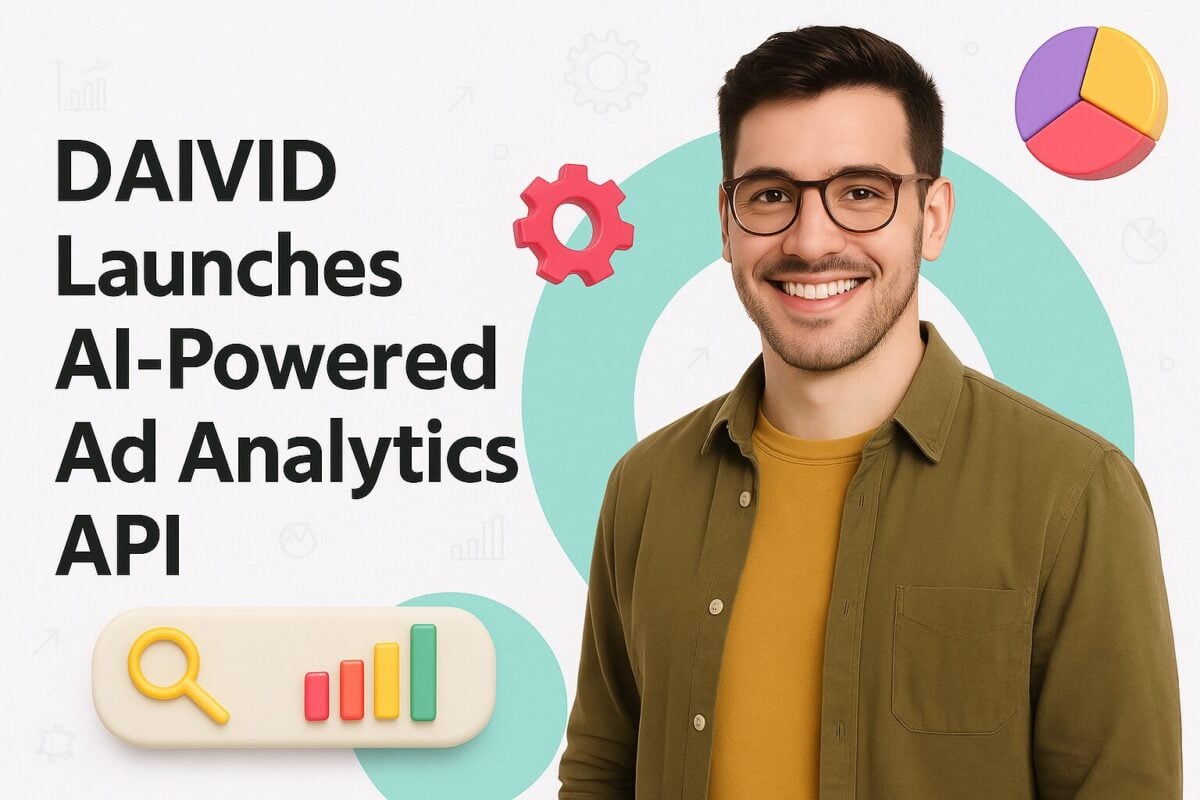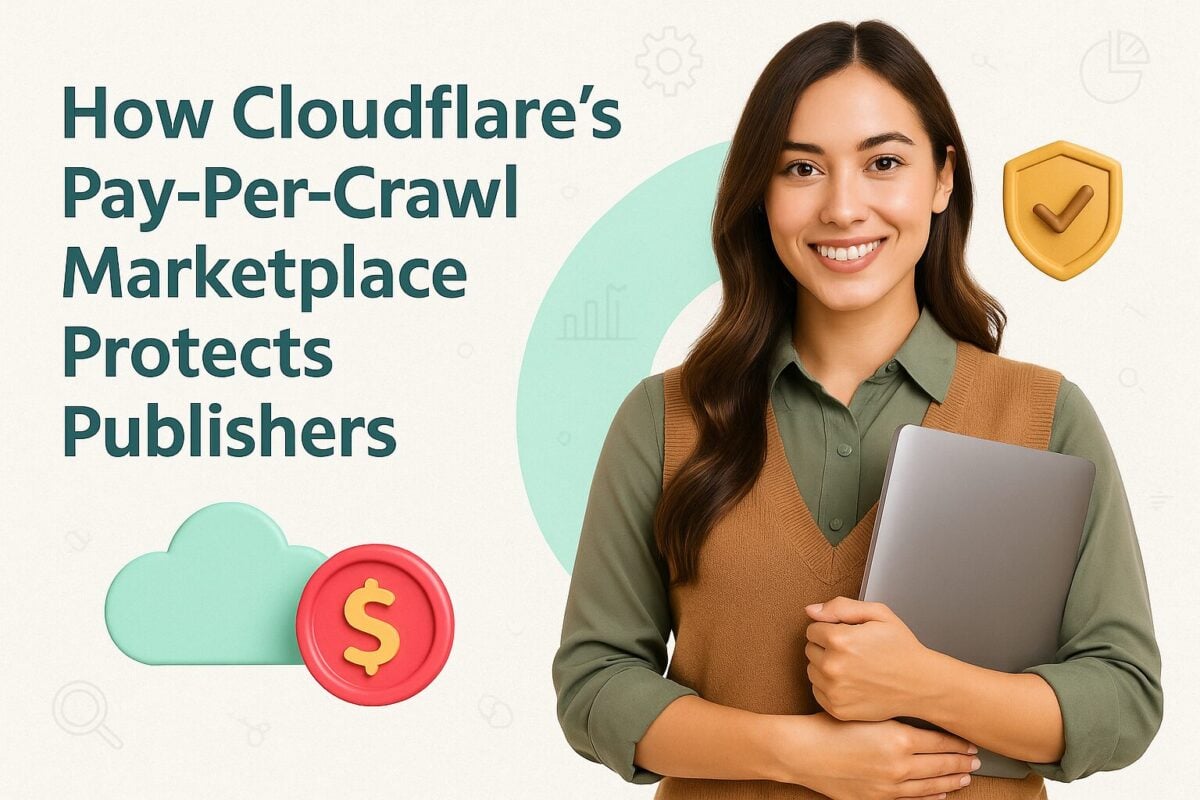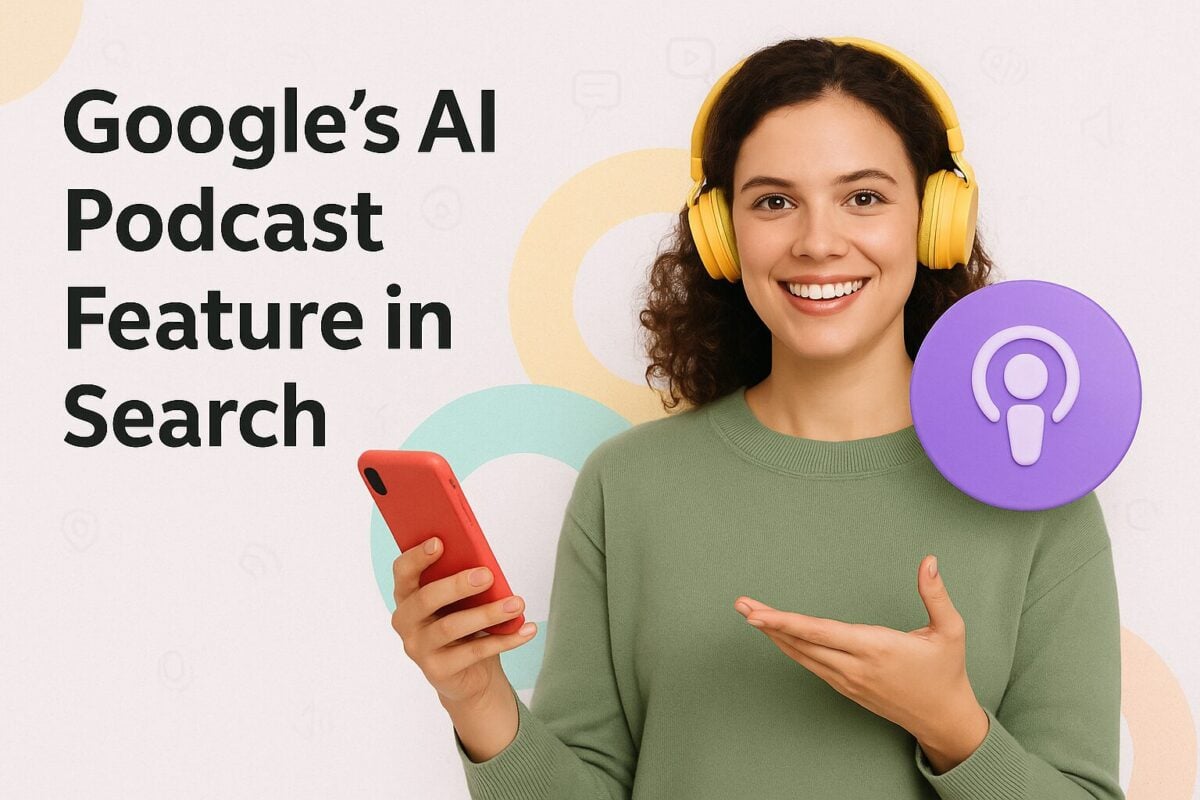What Is the Buyer’s Journey?
The buyer’s journey refers to the process that consumers go through as they discover, evaluate, and purchase a new product or service. There are three stages in the buyer’s journey: Awareness, Consideration, and Decision.
One of the most common blunders that brands make is that they only create decision-stage ads and content. What they don’t realize is that not all customers that visit their site are ready to make a purchase.
By using the right model of your buyer’s journey, you can visualize your prospects, as well as what they need to advance to the next stage. Creating content that’s tailored to the needs of consumers enables you to nudge them gently toward a conversion instead of putting them off with ads and salesy copy.
Aligning your content marketing strategy with your buyer’s journey can help you qualify leads too. You’ll be able to determine valuable leads before you hand them over to your sales team. By pursuing the most qualified ones, you can save a lot of time and resources.
The Three Stages of a Buyer’s Journey
The buyer’s journey isn’t a one-size-fits-all process. The stages may look different for every business; however, there are usually three main stages.
- Awareness Stage
At the beginning of the buyer’s journey, prospects are just becoming aware of their problem. They conduct their own research to understand their problem, so they aren’t interested in solutions quite yet.
To capture prospects, businesses often showcase their industry knowledge and expertise by providing a lot of educational content that will gently nudge buyers to the next phase of the journey.
- Consideration Stage
Prospects in the consideration stage have defined their problem and have decided to address it. However, they have yet to identify a specific solution.
At this stage, buyers will try to understand different methods and solutions for solving their problems. They aren’t interested in finding service providers yet. They just want to know the best solutions that can fulfill their needs.
- Decision Stage
At this stage, prospects know that they have a problem that needs solving. They are aware of potential solutions, but they have yet to decide the best one for their needs.
Since the buyers haven’t decided on a specific service provider yet, they’ll now be looking up information about your brand, products, or services. Take note that they’ll also be looking at the competition’s offers to weigh their options. They’ll go over all the advantages and drawbacks of different offerings to determine the best one that can fulfill their needs.
If your brand has helped them get to this stage of the journey, they are more likely to trust you. To make your brand stand out from the competition, you may want to determine the criteria that buyers use to evaluate potential offerings.
Types of Content for Every Stage of the Buyer’s Journey
Each stage of the buyer’s journey needs appropriate content that can help consumers perform a desired action.
Here are different forms of content you can use for every stage:
- Awareness Stage
The most common type of content to use during the Awareness stage is the blog post. It’s informative instead of salesy. It’s also free from brand-specific messages.
Blogs, free e-books, infographics, and industry reports are a few useful forms of content to grab the attention of prospects in the awareness stage.
- Consideration Stage
Downloadable resources work really well at this stage of the journey. You can give them free content in exchange for their email address. You can use their contact details to deliver more informative content that will encourage them to convert.
If your online or downloadable resources aren’t making prospects interested in your offers, you may want to do more interactive types of content such as webinars to deliver more valuable information.
Webinars, podcasts, and how-to videos are also appropriate for this stage of the journey.
- Decision Stage
The decision stage indicates that prospects are close to making a purchasing decision. However, there’s no guarantee that they are going to buy from you. The goal at this point is to then stand out from the competition.
Some of the types of content you can use in the decision stage include whitepapers, case studies, reports, and use cases. Providing the right offers and using compelling calls-to-action can give them that final nudge to buy your products or services.
Understanding the needs of consumers at each stage of the buyer’s journey enables businesses to create informative and insightful content instead of pushy sales copy. By understanding this unique process, you can keep your prospects engaged and help them move in the direction you want, nudging them closer to buying from you.


